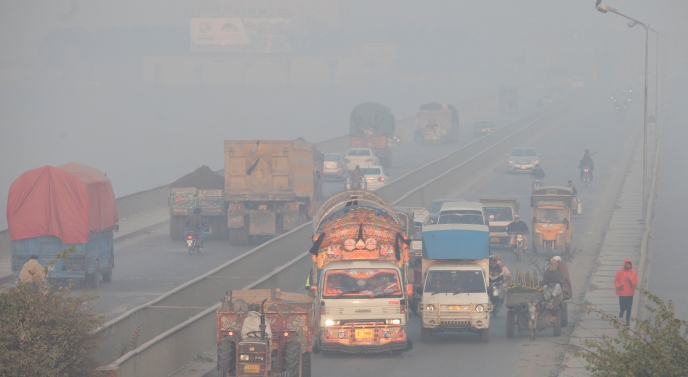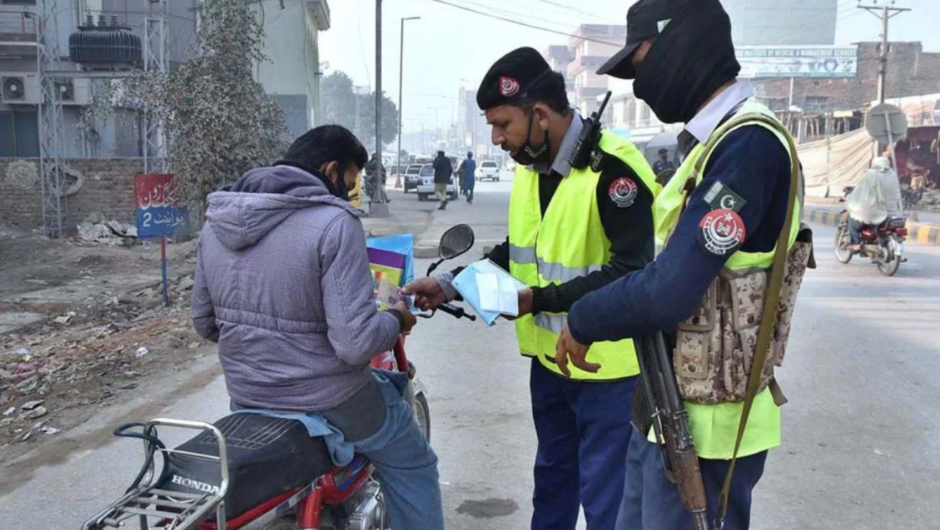A recent research study conducted by the University of Chicago has raised a red flag for the residents of Lahore, Pakistan. The research findings have highlighted the alarming levels of smog engulfing the city, despite the government’s ongoing efforts to combat this issue. This persistent problem has earned Lahore the dubious distinction of being the most polluted city globally.
One of the most concerning aspects of this situation is the downward trend in the average annual age of Lahore’s residents. According to the American university’s research, the life expectancy of the city’s inhabitants is dwindling at an alarming rate, with a decrease of approximately 7 years per year. The study also sheds light on the grim impact of the smog on children, equating exposure to current pollution levels to smoking a staggering 30 cigarettes daily.
The air quality index in Lahore paints a bleak picture, with levels soaring above 500, well beyond the acceptable threshold of 200. Even within the range of 200 to 300, the Environment Department warns of potential eye irritation. The situation becomes perilous when the AQI levels skyrocket to 400 to 500. In response to this crisis, there has been a growing chorus of voices urging the government to implement strict measures to curtail air pollution in the city.
In a proactive step to combat smog, the Lahore High Court has temporarily banned the issuance of No Objection Certificates (NOC) for development projects until January. Additionally, the local administration has intensified its crackdown on vehicles emitting harmful smoke. Recent statistics from the Lahore traffic police reveal that they have impounded a staggering 40,519 vehicles over the past two weeks, sending a strong message that actions are being taken to address this pressing issue.
Also, see:
How to Verify SIM Owner Details in Pakistan: Easy and Quick Guide





